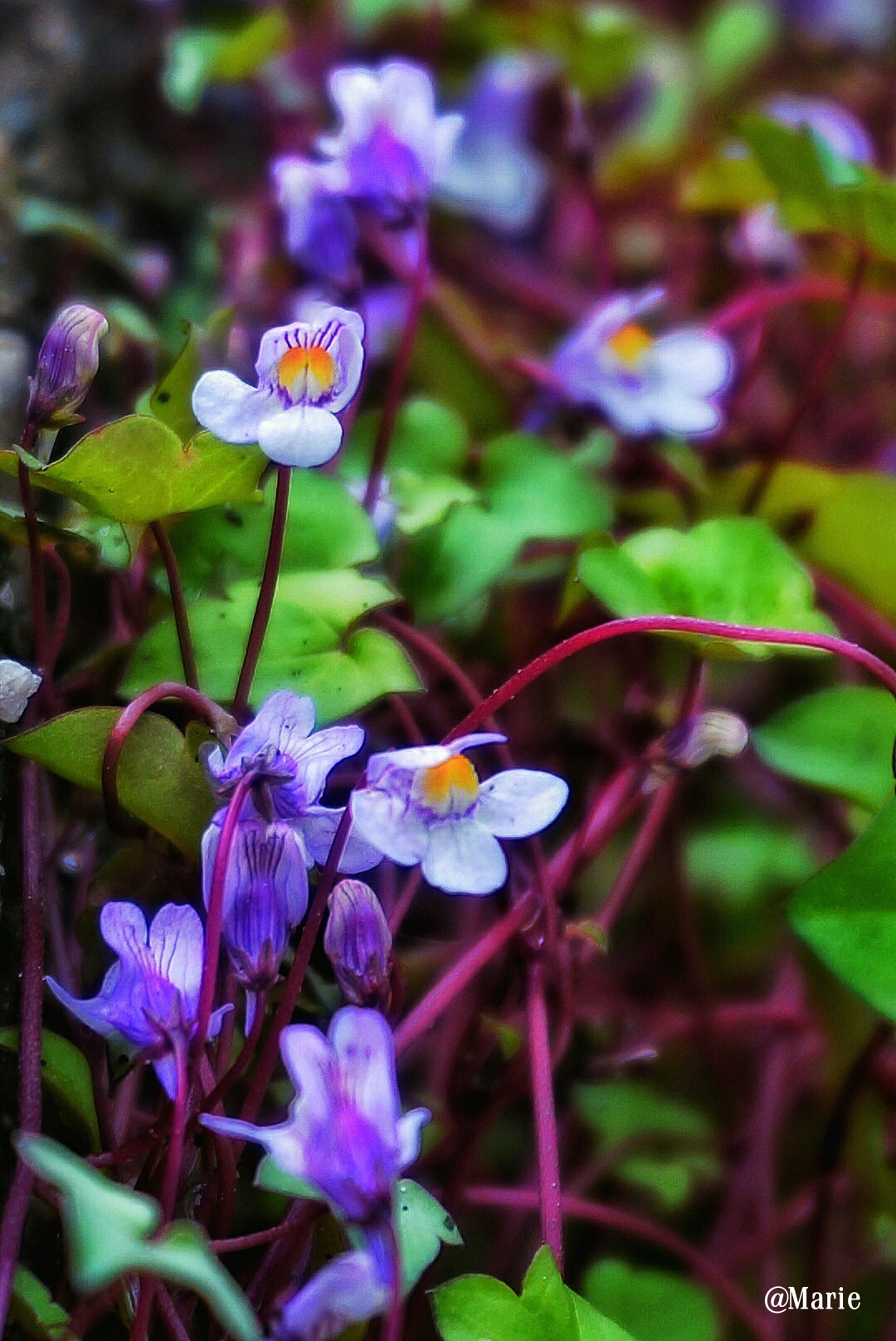

There are also alliums, often hybrids, that are grown for their puffy, globular blossoms and long, single stalks. The allium genus includes some familiar names like garlic, chives, and onions. Geographic Origin: Eastern, Southwestern North America.Let’s dig in!Īllium Ornamental When planting Allium, keep the planting depth to 2 bulb diameters, and don’t forget to cover the soil with peat mulch. From annual flowers to perennials, we’ve got them all covered with names, pictures, hardiness zones, and basic information on each. With that being said, a big list like this one has its benefits! The following massive list has over 100 purple flowers to help you get the purple, indigo, violet, and lilac blasts of color that you need in your garden, container, or window box. So the next question becomes, do you plant purple annual flowers, or perennial flowers? This list contains both, but we also have a dedicated list of purple perennial flowers if you aren’t interested in replanting new flowers each year. But some shades of purple are very dramatic and can really enhance the look of your flower garden.

That doesn’t mean you shouldn’t have a healthy display of many different species of flowers and assorted colors. Otherwise, if everything is a variation of the same colors, things quickly become washed out and drab. When shades of red, white, pink, and orange dominate, adding a splash of purple is an effective trick that makes your entire display pop. Climbing vine has tendrils.Purple flowers can add plenty of contrasting color to a garden. Stem: Stem Color: Green Purple/Lavender Red/Burgundy Stem Is Aromatic: No Stem Form: Zig Zags Stem Surface: Hairy (pubescent) Stem Description: Stems can have hair or be smooth.Leaves: Woody Plant Leaf Characteristics: Deciduous Leaf Color: Green Leaf Type: Simple Leaf Arrangement: Alternate Leaf Shape: Cordate Ovate Leaf Margin: Entire Hairs Present: No Leaf Length: 3-6 inches.Flowers: Flower Color: Purple/Lavender Red/Burgundy White Flower Value To Gardener: Long Bloom Season Showy Flower Bloom Time: Spring Summer Flower Shape: Funnel Flower Petals: fused petals Flower Size: 1-3 inches Flower Description: White with centers of lavender, pink or red.Fruit: Display/Harvest Time: Fall Summer Fruit Type: Capsule Fruit Length:
#Wild vine with purple flowers full


 0 kommentar(er)
0 kommentar(er)
